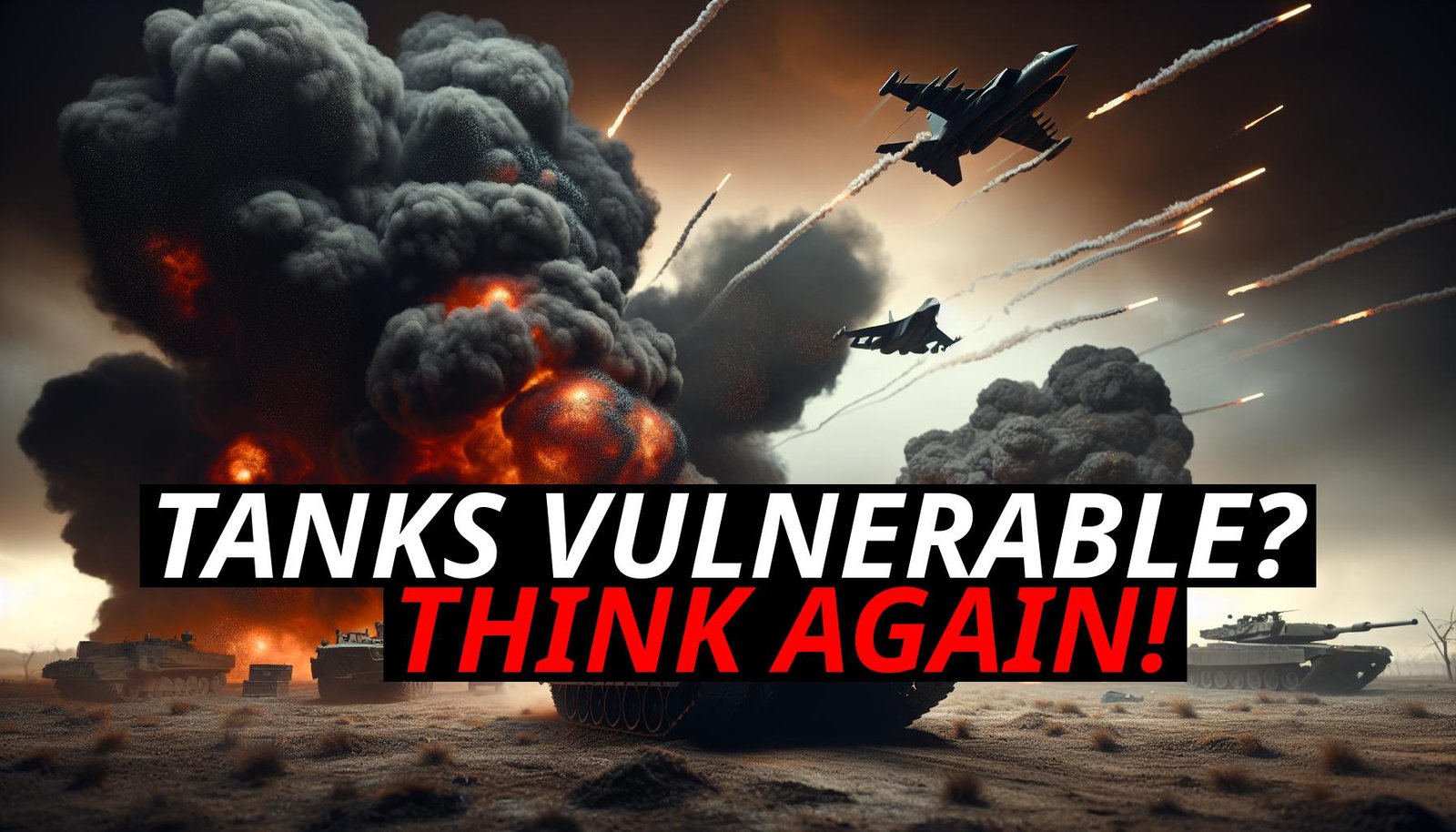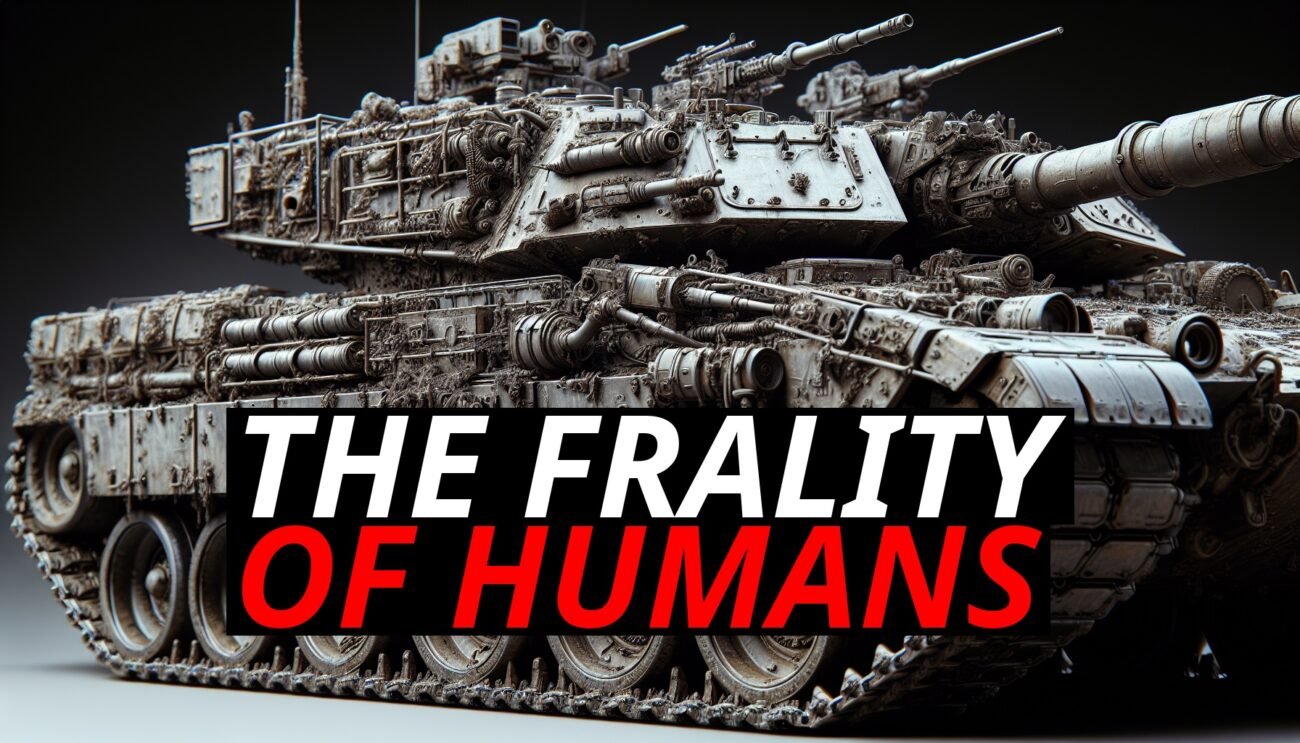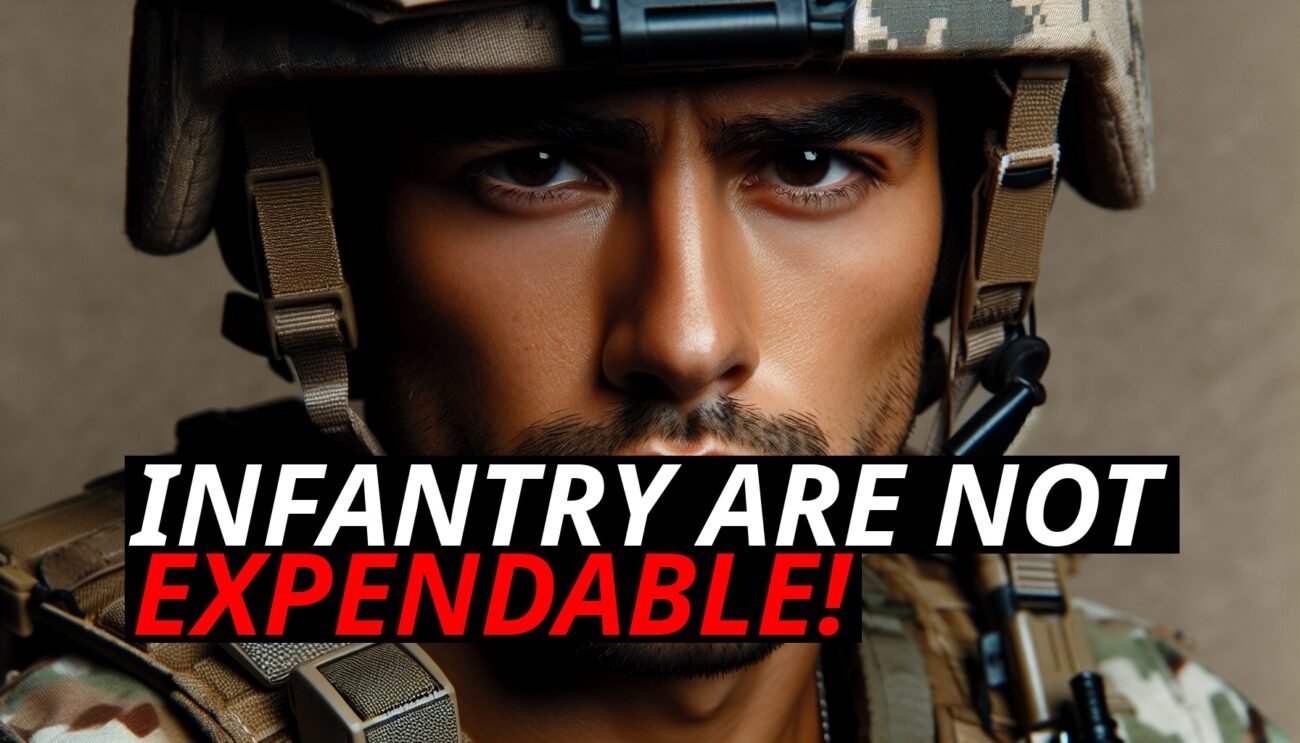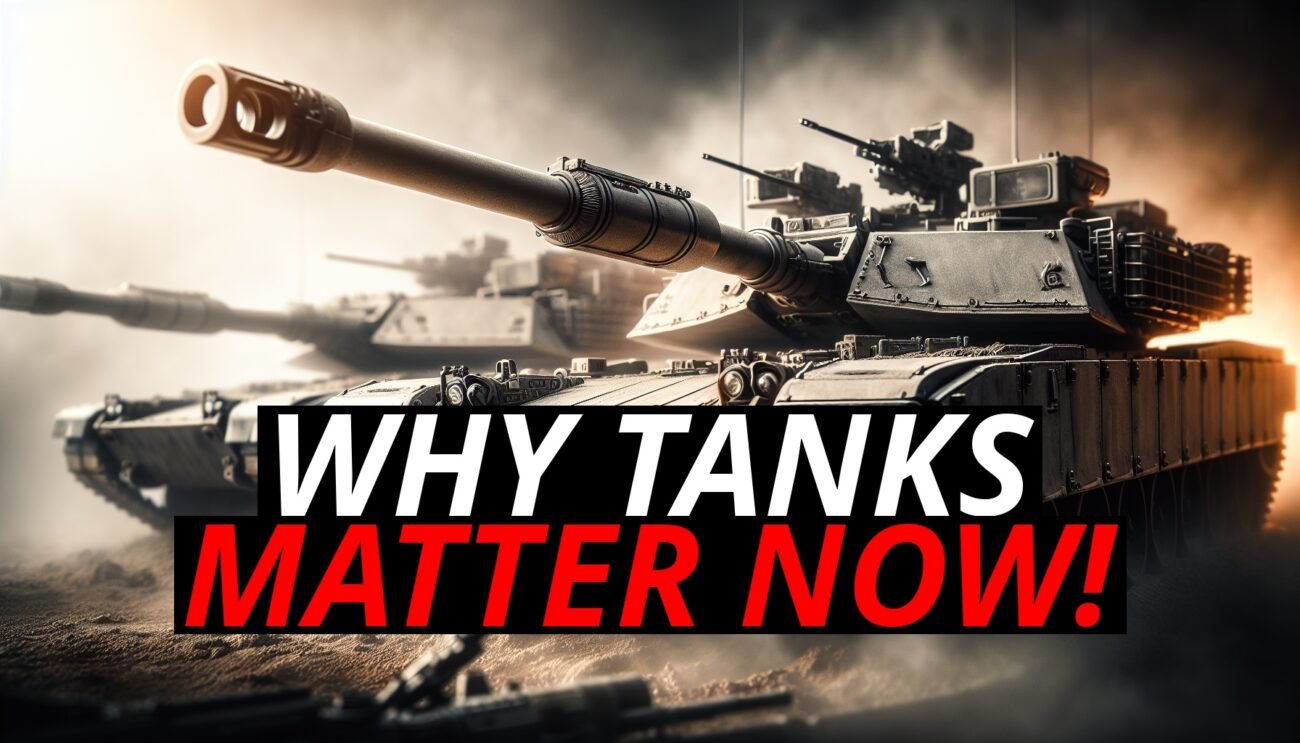The Misconception About Tanks’ Vulnerability To Air Attacks
In modern warfare, advanced aerial capabilities, including drones and aircraft equipped with anti-tank guided missiles (ATGMs), pose significant threats. However, focusing solely on tanks misses a critical point: infantry and lighter armored vehicles are often at greater risk.
Comparing Threats To Tanks And Infantry
While an ATGM can disable or destroy a tank, the crew often survives due to the tank’s robust protection. In contrast, airburst bombs or cluster munitions targeting infantry or lighter vehicles can cause devastating casualties. These weapons are far more lethal to unarmored or lightly armored troops, resulting in immense human and economic costs. A drone capable of taking out a tank with an ATGM can kill hundreds of infantry with airburst munitions, making the scale of casualties incomparable.
Survivability And Morale
Tanks are designed to withstand significant damage, protecting their crews even when hit. Infantry, however, have little to no protection against high-impact weapons. The psychological impact on troops also differs:
– Higher Morale in Tanks: Soldiers in tanks have higher morale and confidence.
– Increased Stress for Infantry: Infantry face increased stress and fear due to their vulnerability.
Replacement Challenges
Replacing lost assets is more challenging for infantry:
– Repairable Tanks: A damaged tank can be repaired and returned to service.
– Extensive Retraining for Infantry: Replacing lost soldiers requires extensive retraining and reintegration, with higher emotional and societal costs.
Anti-Air Protection For Armored Formations
Armored formations often include attached anti-air vehicles to defend against air attacks, providing an additional layer of protection for tanks and supporting units. This means being part of a mechanized formation offers more safety compared to isolated infantry units.
Visibility And Battlefield Reality
For those who argue that the best way to avoid getting killed is not to be seen, the reality on the battlefield is that visibility often cannot be avoided. When infantry is seen, they face immediate and deadly threats, as cheap and abundant munitions like mortars can easily target and eliminate them.
In contrast, being seen in a tank is different. Tanks are designed to withstand significant damage, and even if they are targeted and hit by dedicated anti-tank weapons, the crew often survives. The robust protection of tanks means that even after being seen and attacked, the chances of survival are much higher compared to infantry.
Conclusion
The idea that tanks are uniquely vulnerable to air attacks overlooks the broader battlefield dynamics. While tanks are targets, the same threats are far more lethal to infantry and lighter vehicles. Investing in tanks remains crucial for preserving human lives and maintaining military capability.
Given the power of air attacks, where would you rather be during an air attack? Inside a tank, which offers substantial protection and mobility, rather than being vulnerable infantry out in the open?
Share Your Thoughts
What do you think about the vulnerabilities of tanks and infantry to aerial threats? Share your thoughts in the comments below. If you found this analysis enlightening, share this article with your friends and family. Let’s spread the word about the importance of strategic military investments that enhance protection and combat effectiveness.













